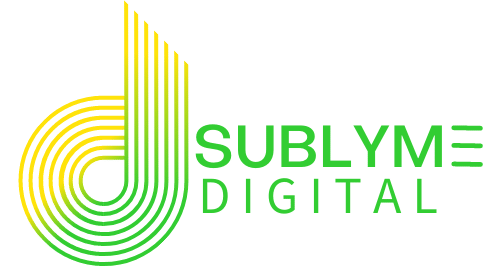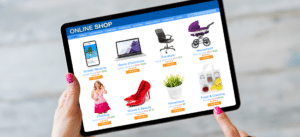Mastering Conversion Funnels: The Art of Optimization for Better Results
A conversion funnel consists of a series of steps customers must complete to achieve the goal you have set for them, whether subscribing to your blog or making a purchase.
Suppose a customer reaches a product page but doesn’t feel compelled to continue their journey towards the cart page (i.e., they abandon the funnel without completing their purchase). In that example, the product page is not fulfilling its responsibility correctly within your conversion funnel. This occurrence is an example of a cart abandonment; unaddressed, it will consistently limit your conversion potential.
Limiting cart abandonment is challenging. Below are a few strategies to help you.
- Use a timer on the checkout page. Timers help to create a sense of urgency which can help drive action in certain situations.
- Offer free shipping when customers spend over a certain amount or more to entice them to continue shopping with confidence, knowing their total cost won’t increase dramatically because of one product.
- Offering free returns is another excellent way to limit cart abandonment. Consumers overwhelmingly prefer to support merchants with generous return policies.
- Show that you offer a warranty if applicable. It assures buyers your products are of good quality and don’t contain manufacturing defects.
- Make sure your site is secure by adding a Secure Sockets Layer – SSL Certificate – to your site. This certificate shows your customers that your website is safe and secure and that any personal or financial information shared is fully encrypted.
We all want more conversions, but the truth is that there’s no one-size-fits-all solution when it comes to improving your conversion funnels. Instead, you’ll need to experiment with different ways of solving problems, such as A/B testing additional messages or reducing friction in the checkout process. Identifying problem areas in your conversion funnel is essential and can help you reduce cart abandonment rates.
You must consistently collect actionable data, like information about how users behave when interacting at every stage of your consumer funnel. You then use these insights to make informed decisions about improving it, which is the key to reducing cart abandonment rates.
Here are some helpful data tools that will help:
- Heatmaps (like those offered by Hotjar and CrazyEgg) can show where users have clicked on the page and how much time they spend in certain sections.
- Google Analytics and Tag Manager can track events like scroll depth, add-to-cart clicks, and pages viewed throughout the consumer funnel/journey.
- Session recordings (like those created using Mouseflow) allow you to see where users click and watch as they navigate through each conversion process step.
You’re finally ready to run a test. Good job! Depending on your website/funnel size and complexity, this phase can take several hours to several days as you must generate a significant enough sample for data-driven insights. The key here is to stay focused and keep your eyes on the prize: testing thoroughly in the early stages will save you a tremendous amount of time later.
We hope you found this article helpful. If you have any questions, please contact us and we will be happy to assist you.



